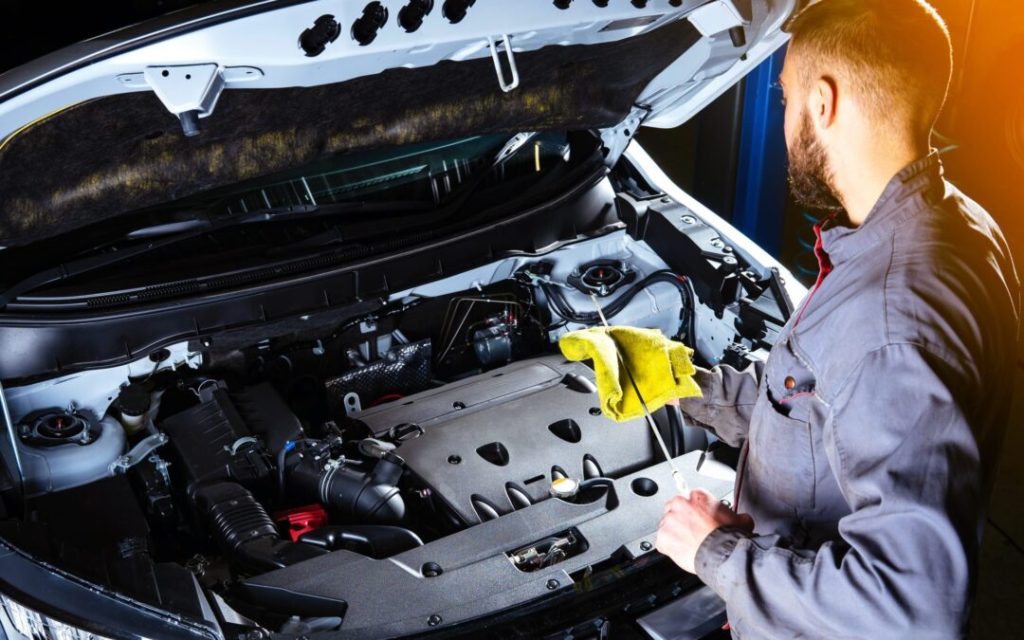Car Body Maintenance: A Complete Guide
- Maintaining the body of your car is crucial for preserving its appearance, longevity, and value. Regular maintenance and repair ensure that your vehicle not only looks great but also remains in optimal condition, protecting it from the effects of wear and tear. This guide will walk you through the essential steps of car body maintenance, offering tips on vehicle maintenance and repair, auto body repair, high-quality auto repair, and even vehicle customization.

Step 1: Regular Washing and Waxing Car Body Maintenance
Regular washing and waxing is the foundation of car body maintenance. Washing your car at least once a week removes dirt, grime, and pollutants that can cause paint damage over time. Use a pH-balanced car shampoo and a microfiber cloth to avoid scratching the paint.
After washing, apply a high-quality car wax to protect the paint from UV rays, oxidation, and other environmental factors. Waxing also gives your car a glossy finish, enhancing its overall appearance.
Pro Tip: Use a clay bar before waxing to remove any embedded contaminants that washing alone cannot eliminate.
Step 2: Inspect and Repair Paint Chips and Scratches
Even the most careful drivers will encounter paint chips and scratches. These imperfections not only detract from your car’s appearance but can also lead to rust if left untreated. Inspect your car’s body regularly for any signs of damage.
For minor chips and scratches, use a touch-up paint kit that matches your car’s color. Clean the area thoroughly, apply the paint, and allow it to dry completely before applying a clear coat to seal the repair.
Pro Tip: For deeper scratches, consider using a professional-grade scratch repair kit or consulting an auto body repair specialist.
Step 3: Protect Against Rust
Rust is one of the most damaging issues a car body can face. It can weaken the structural integrity of the vehicle and spread quickly if not addressed. To prevent rust, keep your car clean and dry, especially in areas prone to moisture buildup like wheel wells and undercarriage.
If you live in a region with harsh winters or near the coast, consider applying a rust protection coating to vulnerable areas. Regularly check for any signs of rust and address them immediately to prevent further damage.
Pro Tip: Use a rust converter to treat any existing rust spots before they spread.
Step 4: Maintain the Trim and Seals
The trim and seals around your car’s windows, doors, and other openings are crucial for preventing water leaks and reducing wind noise. Over time, these rubber components can degrade, leading to leaks and poor insulation.
Inspect the trim and seals regularly for signs of wear, such as cracking or shrinking. Use a rubber conditioner to keep them supple and replace any damaged seals promptly to maintain a tight seal around your car’s openings.
Pro Tip: When replacing seals, ensure they are correctly fitted to prevent water and air infiltration.
Step 5: Address Dents and Dings
Dents and dings are common, especially if you park in crowded areas or near shopping carts. While small dents may not affect your car’s performance, they can be unsightly and reduce the vehicle’s resale value.
For minor dents, you can use a DIY dent repair kit that uses suction or heat to pop the dent out. However, for larger or more complex dents, it’s best to consult a professional auto body repair shop to ensure a high-quality repair.
Pro Tip: Consider adding paint protection film to high-impact areas to minimize the risk of dents and dings.
Step 6: Regularly Check and Maintain Lights and Mirrors
Lights and mirrors are often overlooked in car body maintenance, but they play a vital role in safety and visibility. Regularly check your headlights, taillights, and turn signals for any signs of damage or clouding.
Clean the lenses with a non-abrasive cleaner to maintain clarity, and replace any burnt-out bulbs immediately. Also, ensure that your side mirrors are clean and free from cracks or other damage.
Pro Tip: Upgrade to LED lights for better visibility and longer-lasting performance.
Step 7: Customize and Enhance Your Vehicle
If you’re interested in vehicle customization, there are countless options to enhance the appearance of your car’s body. From custom paint jobs and decals to body kits and spoilers, customization allows you to express your personality through your vehicle.
When customizing, always prioritize high-quality materials and professional installation to ensure the modifications are both visually appealing and durable. Keep in mind that some customizations may affect your car’s resale value, so choose wisely.
Pro Tip: Consult with a professional customizer to explore options that align with your vision and budget.
Conclusion
Maintaining the body of your car is an ongoing process that requires attention to detail and regular care. By following the steps outlined in this guide, you can keep your vehicle looking its best, extend its lifespan, and protect its value. Whether you’re focused on basic vehicle maintenance and repair, high-quality auto repair, or vehicle customization, these tips will help you achieve a well-maintained and stylish car body.


